
Early in 2015, the venerable New York Times published its list of ’52 Places To Go To This Year’. Its reasoning rested on the observation that “Untrammeled oases beckon, once-avoided destinations become must-sees and familiar cities offer new reasons to visit.” Its philosophy seems to be that it’s time to stop fighting our way into the overcrowded, stratospherically expensive established sites. Most of the list that follows features three qualities: great food, novelty and at least one United Nations Educational, Scientific and Cultural Organization (UNESCO) site defined as “places on Earth that are of outstanding universal value to humanity”. There are 1007 UNESCO sites in all as of this writing and the places below contain almost 200 of them. Provence and Tuscany? How about Georgia with terrific wine, breathtaking scenery and enough history for a bus full of PhDs. Tired of the prices and lineups in Greece? There’s this little fishing village on the Turkish Riviera. It’s a great idea. Let’s change it up a bit here people. Do something original. How about a feast of muskox on a sub-Arctic speck of rock in the North Atlantic? Beyond that there are some tourism plain Janes who have suddenly let down their hair and are proving to be quite fetching. And there’s a promising crop of the shunned or unavailable who are opening up their unseen treasures. The war in Sri Lanka, with its seven World Heritage Sites is over. The pariah state of Zimbabwe with its incredible wildlife, savannahs, is behaving. So, in the spirit of the Times, here are the best of the best. Twenty totally fresh ways to seriously renovate your travel itinerary:
Advertisement
20. Kas, Turkey
Less expensive than Greece, far less overrun than other places in the region, Kas is a happening place. This little fishing village on the Turkish Riviera, the Turquoise Coast is one of those ever-dwindling number of getaways where you can still get away. It has all the active seaside things you’d want: kayaking, trekking and serious diving (with wrecks and underwater sculpture). One Times reader called it “a must for nature lovers”. To firm up both the mind and the thighs, there are hikes along the Lycian Way to see tombs from the pre-Roman Empire. The elaborate ones carved into the mountainsides are extremely impressive and the best ones are a 45 minute drive away in Xanthos. Pronounced “Cash”, it won’t take a lot of yours to enjoy quality down time without the partying hordes.
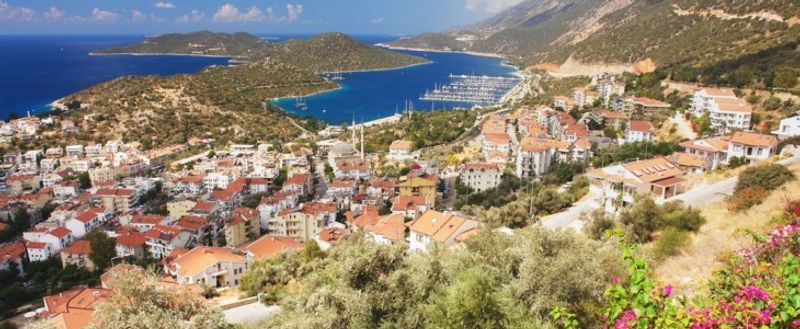
19. Baku, Azerbaijan
Begin with the walled city dating from the 12th century. UNESCO calls the 15th century Shuirvinshaj’s palace “one of the pearls of Azerbaijan’s architecture which reflects evidence of Zoroastrian, Sasanian, Arabic, Persian, Shirvani, Ottoman, and Russian presence”. Looming over the ancient streets is the gaudy modernity of the Flames Towers, a pair of 600 foot buildings, flame shaped, with thousands of LED lights whose ‘flames’ can be seen for miles. It works as an elegant combination of very old and very new as oil money brings the Mercedes, caviar crowd onto the medieval streets.
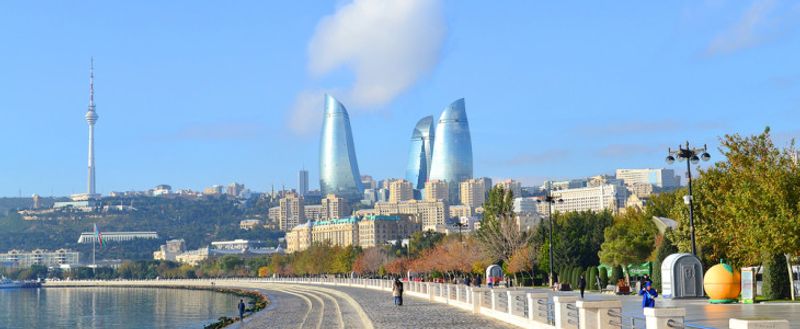
18. Cáceres, Spain
A phenomenal place that has everything but a beach. History, art, architecture, excellent wine and renowned kitchens. In fact, it is designated as Spain’s Gastronomic Capital for 2015 so there’s a huge buzz about this city of 100,000 near the Portuguese border. The buzz began with the opening of Atrio a striking futuristic hotel-restaurant in the prestigious Relais and Chateau chain with a pair of coveted Michelin Stars. It’s located in the ancient walled city, on UNESCO’s list. The city was captured by the Moors in the 8th century and not retaken by Christians until 1229. Its towers reflect its Roman, Muslim, Visigoth and Christian rulers. Gothic and Renaissance building abound. Much of the city’s once prominent Jewish quarter survives. The UNESCO citation calls it “Outstanding universal value”. A fairy tale place occupied through history by military powers, though the occupying force today consists of brilliant, creative chefs.

17. Chengdu, China
Chengdu eminently qualifies for the off the beaten track status, being near Tibet, 1200 miles inland from the coastal colossus of Shanghai. But there are direct international flights sprouting and it’s the panda capital of the world. The Giant Panda Research Base houses about 200 of the much loved bears. It is also the capital of Sichuan cuisine, luring foodies with spicy palates just to eat the tongue tingling cuisine. There is a Chinese saying “the best cuisine is from China, while the richest flavor is from Chengdu”. There are over 60,000 restaurants and another 62,000 caterers. The city isn’t much to look at but it is one of only eight cities in the world with a UNESCO City of Gastronomy Designation.
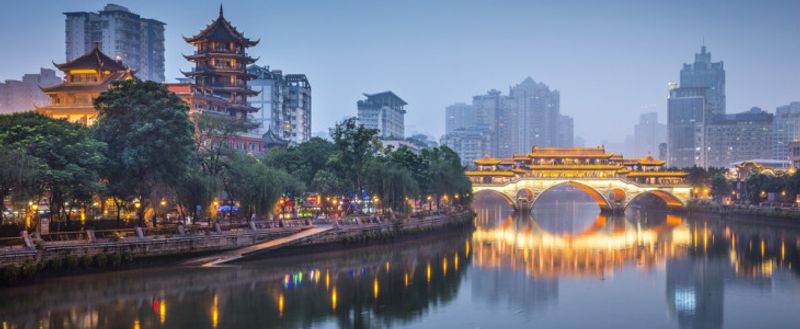
Advertisement
16. Danang, Vietnam
Danang has long been known as a good place to stop over on the way to somewhere else, most notably, the UNESCO heritage sites nearby. The old Imperial city of Hue and the ancient town of Hoi An are short trips away. But a modern skyline is taking shape and the city between the Marble Mountains and the gorgeous beaches on the South China Sea is becoming worthy of a stay on its own. China Beach was a favorite place of GI’s for R&R during the Vietnam War. Beachside luxury resorts are going up, and keep in mind, the exchange rate for the Vietnamese Dong is well over 20,000 to the US$ and Euro making those hotels and signature banh mi Vietnamese sandwiches pretty affordable.

15. Alentejo, Portugal
It’s something that makes North Americans shake their heads. The beaches of Alantejo (the best in Europe says The Guardian) are relatively unknown because they are remote, a whole two hours from Lisbon. Two hours? That’s a daily commute in the New World. But all the better for non-Europeans who have no qualms about spending chunks of their lives in cars. Beaches aside there are Roman ruins to be found. Visigoth ruins in fact. Evora is another UNESCO site, an impeccably preserved medieval town. The winemakers produce delicious rich, fruity reds yet Alantejo remains one of the poorest regions of Europe. The crash of the ocean waves, the melodies of the Fado singer in the square, the sense of looking back through time at a disappearing way of life make it a most compelling destination. But hurry, because Michelin stars and oenophile hotels are sprouting already.
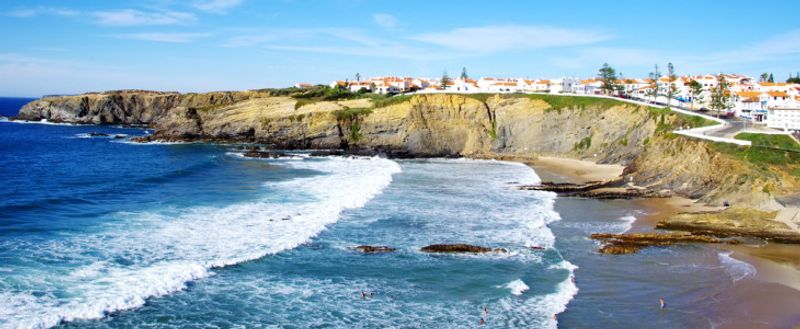
14. Shikoku, Japan
It’s called the Shikoku Pilgrimage. Eighty eight temples along a 750-mile trail begun in 815 A.D. to honor the much revered monk Kobo Daishi. It is considered a path to spiritual enlightenment. Modern pilgrims can forego the quest for perfection and choose from the many places on Japan’s smallest island that demand a visit. Pick and choose which of the many sites that demand a visit. Matsuyama is the largest city with an imposing castle, ancient hot springs and seven sacred temples. Up in the inland mountains is the Iya Valley; lush, isolated with heart-stopping gorges and vine bridges for the brave. The many hot springs will soothe your mortal coil after a day of incredible hiking or white water rafting.
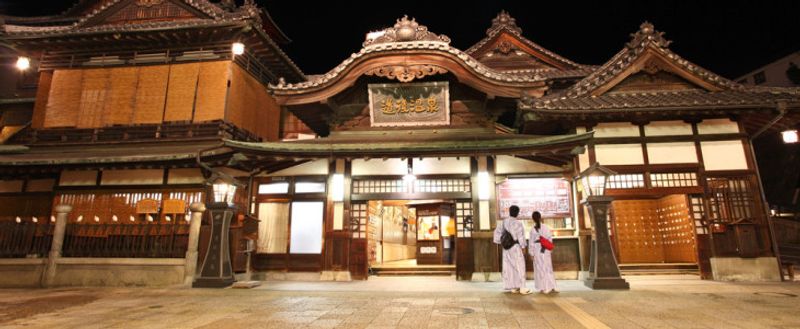
13. Papua New Guinea
It’s a good news, bad news kind of story. One of the most remote, exotic places in the world is opening up to tourism. The not so good part is monster cruise ships are just beginning their intrusion on a pristine island country. The beaten track is barely visible from PNG. There won’t be much chilling by the hotel pool here. Because there aren’t a lot of hotel pools, as tourism is still a fledgling industry. There’s a whole new rich ecosystem here wit tribal cultures to experience and timeless beauty in jungles almost lost to time. The 60 mile long Kokoda Track takes hardy trekkers through native villages. Madang in the north is getting famous for diving and PNG as a whole is a birders paradise. Do keep in mind that the capital, Port Moresby has often been rated among the Least Livable Cities in the world. Nobody’s perfect.
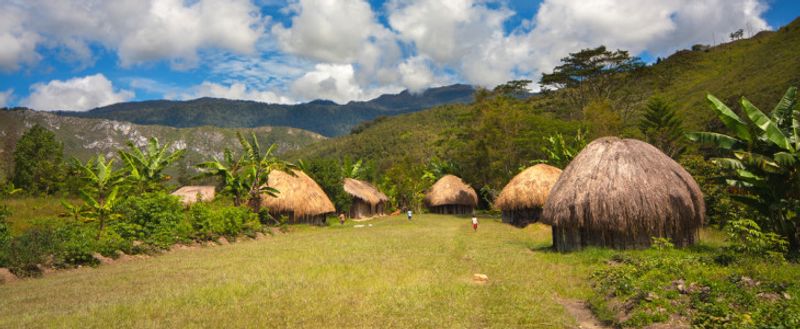
12. Greenland
There are still the breathtaking fjords to be cruised, whales to be watched and sunning at midnight to be done. Chalk one up for climate change, Greenland is getting greener (we joke). The amazing UNESCO Heritage Site the enormous Ilulissat Icefjord is at its noisiest and most active during summer sunshine when icebergs the size of mountains heave and crack. It’s a memorable day trip from Ilulissat, the third largest city and there are boat trips out into Disko Bay to get up close and icicle with the massive bergs. As with other northern countries, there’s a movement to modernize traditional cooking, focusing on local ingredients and freshness. Seafood to die for and game, especially muskox are favorites. The Greenland website reassures diners about the taste of muskox “The taste of muskox surpasses that of domestic livestock and, it melts in your mouth bursting with flavor”. Get more acquainted with native culture at the Qasigiannguit Museum with exhibits from the Stone Age to today.
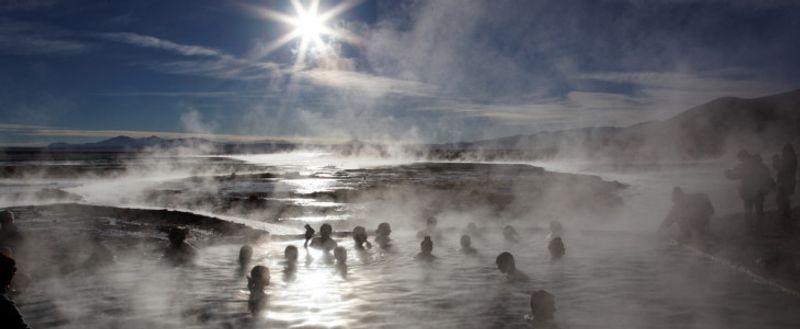
Advertisement
11. Georgia
The Georgian word for wine is ‘ghvino’, claimed to be the origin to the English ‘wine’, Italian ‘vino’. They have been making wine here for 7000 years and they are pulling the cork on what the Times calls the next great wine destination. The pleasant capital Tbilisi has a wine bar on just about every corner and there are wine tours of Kakheti, the main producing region. Surprisingly rich in natural beauty, situated between Russia and Turkey, many empires have left their mark on it. There are fabulous old churches, Black Sea resorts and alpine beauty. But it’s the vino attracting the attention now. The Georgian description of a good wine is one that could make a pheasant cry. So an American who came to visit, stayed, and started a vineyard whose wines bear the name “Pheasant’s Tears.”
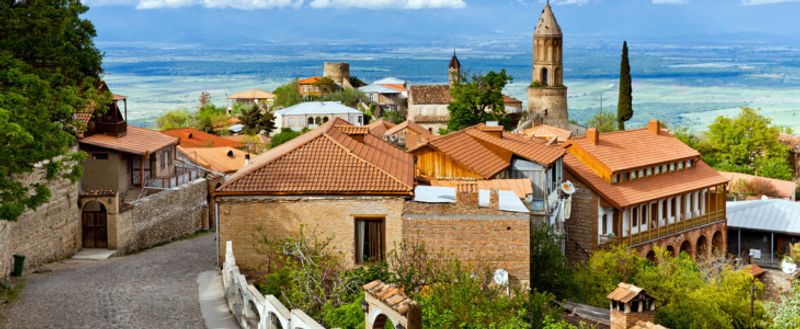
10. Sri Lanka
A long deadly civil war made this an island that people only wanted desperately to get out of. Now, a tourism industry is being built where there were battlefields not long ago. The peace has allowed the small island nation to show off its considerable assets. Beaches that go on forever. Eight World Heritage sights. Cuisine to please the pickiest foodie. Sri Lanka is a world tea superpower. Plantations and tea museums are popular. There are safari camps here too, especially in the lush Sinharaja rain forest. Find a treetop yoga studio or luxury spa. At Dam bulla, temples have been carved out of sheer rock and filled with stunning centuries-old Buddhist artworks and artifacts. And last but certainly by no means least, the perfection of the Maldives, a thousand or so islands off the southern coast in the Indian Ocean. It is on the short list for best beach in the world. And if it’s not it, it sure is close.
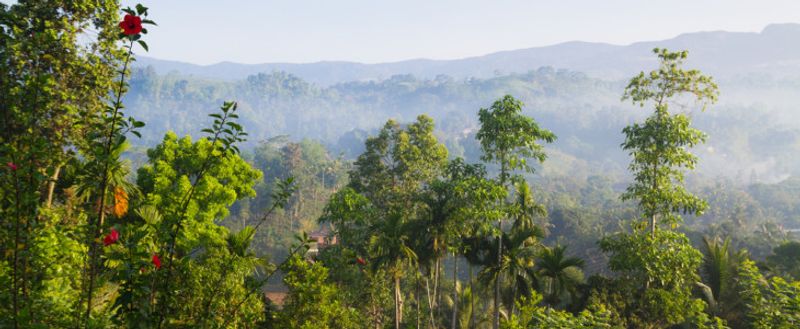
9. Oman
Thoughts of rugged fjords bring forth images of icy Scandinavian inlets with bone chilling cold and sheer granite cliffs. Well, welcome to the Norway of Arabia where the heat can melt your bridgework. Here in the isolated Musandam Peninsula the fjords are called khors. The scene is so other-worldly the BBC compared it to “the shores of a Martian Sea.” Adding to the spice is its location on the Strait of Hormuz, one of the top three places where WW3 is likely to start. Nearby are little-known but spectacular coral reefs making for great diving. Oman is the last part of the Arab world that hasn’t been paved and skyscraperred with oil money. The capital Muscat is a lovely low-key feast of Muslim architecture, old Portuguese forts and bazaars. Its geography ranges from incredible mountainscapes to ancient desert to pristine beaches, but the cranes are becoming more common on the skyline and names like Radisson, Kempinski, Four Seasons and Fairmont are now setting up shop.

8. The North Coast of Peru
A number of places on the list are familiar destinations opening up new alternative tourist attractions. The medieval Incan capital of Cusco and the mysterious, celestial Macchu Picchu need no promotion and may even have too many visitors for their own good. The North Coast is remote, as in 22 hours from Cusco. Its Macchu Picchu rival is the fort at Kuélap, a stone city at 10,000 feet. Built by the Chachapoyas, or ‘People of the Clouds’ around the first Millennium, its sophisticated design required more stone to build than the Great Pyramid of Egypt. Eco-friendly hotels and sites abound. The Andean spectacled bear is nearly extinct, but can be found in numbers at the Chipparri Reserve. Surfers will like the waves and vibes in the village of Mancora. For whale watchers and serious fishing types, there is Cabo Blanco, once a favorite of Ernest Hemingway. It’s like a whole new world in Peru’s North Coast, still unspoiled relatively undeveloped and still inexpensive.

7. Tanzania
Home of the timeless, magical Serengeti with its breathtaking scenes and staggering annual migration of more than two million mammals, wildebeests, gazelles and zebras. The Times says “the real new treasure here is unprecedented access to sparsely trafficked regions.” The Selous Game Reserve in the south is home to large populations of elephants and leopards. The landscape in the relatively unknown Arangire National Park unique in the region and is home to climbing lions and giraffe. Trek as far up Africa’s highest mountain in Mt. Kilimanjaro National Park, and when you done following the herds and conquering mountain tops, Zanzibar awaits with its rich history, wonderful beaches and newly upgraded creature comforts.
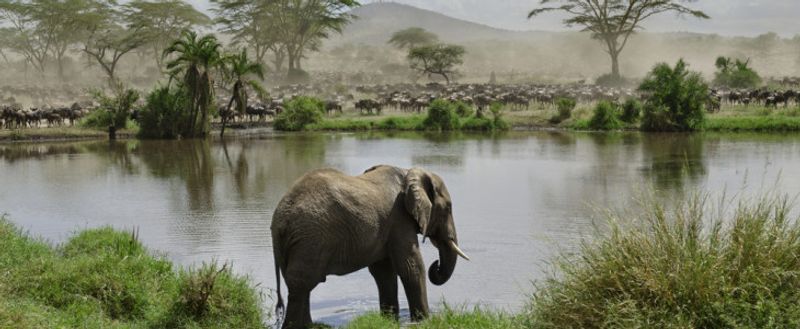
Advertisement
6. Zimbabwe
Long run by one of the world’s most despicable despots, Zimbabwe is slowly emerging from pariah status with political stability unseen in years. With the currency next to worthless, a window of tremendous opportunity has opened on a country whose natural beauty cannot be overstated. Infrastructure and travel companies are making visiting easier than ever. There are five UNESCO Sites including the ruins of Great Zimbabwe, said to be the home of the Queen of Sheba. There is the legendary Mosi-oa-Tunya or Victoria Falls the largest curtain waterfall on earth. Stability looks good on the capital Harare, one of the nicest on the sub content, but it’s still the big game safaris that are the biggest draw on open savannahs or in numerous National Parks. It’s truly the stuff that dreams are made of.
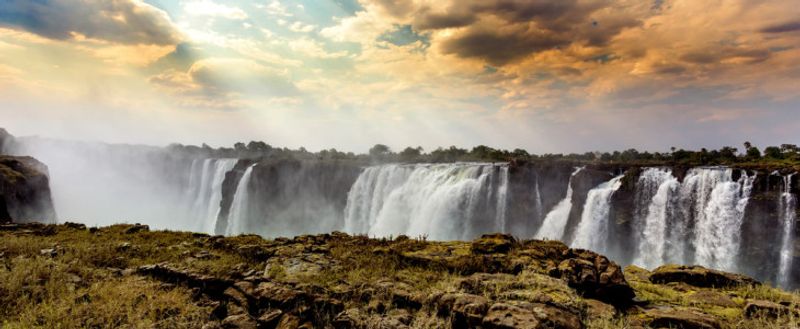
5. Medellin, Colombia
Urban renewal with innovative architecture and design. Not long ago the name Medellin was synonymous with drug lords and corruption. It is now becoming known for one of the most ambitious urban transformations in the world. The renewal is epitomized by the futuristic Metrocables, cable cars that unlocked the impoverished people in the surrounding hills from poor, crime-ridden neighborhoods integrating them with the urban renewal below. Similarly, another slum was transformed by the stunning Avant Garde architecture of the Biblioteca Espana. Revel in the night life with the beautiful people at the Parque Llera and enjoy the gentle climate in the place known as City of Eternal Spring.

4. Macedonia
According to the Times, this is THE next Balkan destination. The first good sign: there are no McDonalds. All closed. God bless them. The capital Skopje was recently rated one of the 10 least expensive cities in the world. Once one of the great crossroads of history, Greeks, Romans, Ottomans and much later Communist empires held sway and left their cultural, architectural and culinary influences. Skopje is a vibrant melting pot of all of them. A surprising treasure trove of natural beauty, there is much to sight-see or for the more active to climb, hike or ride. It is landlocked but the beaches of Lake Ohrid are renowned as are the vineyards are a mere three hour drive across the Greek border.
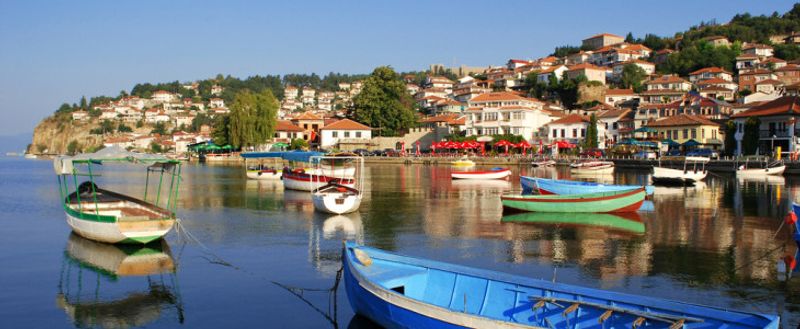
3. The Faroe Islands
The Faroes are a scattering of rocky islands 150 miles due north of Scotland in the north Atlantic. It has a famously ornery climate and a brooding sub-Arctic other-worldly beauty that traditionally drew bird-watchers, naturalists and trekkers. It is one of the world capitals for those adorable puffins, which also show up on local menus. Its current celebrity is based on a unique new cuisine as set out in The New Nordic Kitchen Manifesto that is traditional Scandinavian food meets The Iron Chef. Not much grows in that climate so they forage for herbs, harvest seaweed and pair them with locally grown mutton and the superb deep-sea Faroe Bank cod and mussels and serve them with wild angelica on driftwood plates, all washed down with schnapps followed by local beer and cheese. An unforgettable feast after an unforgettable day trekking up the highest mountain at Slættaratindur. It is tucked away off the beaten track but as part of Denmark, it’s a short flight from Copenhagen.
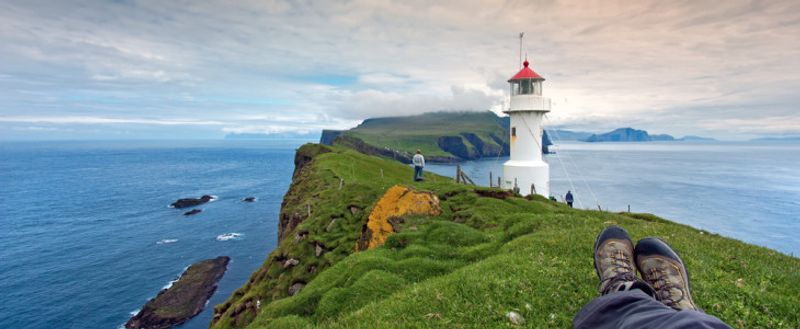
2. Bolivia
A definite hint that things are happening here: the culinary genius behind the world’s # 1 rated restaurant for three consecutive years in Copenhagen has opened a place in La Paz. Another South American bad boy turning it around drawing investors and interest in its unsurpassed scenery and cities. It has become a destination for foodies, trekkers wine snobs and adventure seekers. Who knew Bolivia made wine, let alone having an acclaimed wine route? From the exuberance of La Paz to an array of sublime World Heritage sites to spectacular settings to hike, ski, mountain bike and exhaust yourself to your heart’s content. You can follow Butch Cassidy and the Sundance Kid south to Tupiza, but lay off the train robbing and your visit will end much happier than theirs.

Advertisement
1. Durban, South Africa
Long overshadowed by its two bigger, siblings, Johannesburg and Cape Town, South Africa’s third largest city is stepping into the limelight. ‘Durbs’ as it’s known is undergoing a serious reno and upgrade, thanks in part to facilities from the 2010 Worlds Cup. The beachside Rivertown neighborhood of warehouses and Art Deco buildings is being transformed into a happening ‘hood of galleries, restaurants and skateboard installations to jumpstart its rather tranquil night life. Durban is also home to a large ethnic Indian community and the influence is unmistakable. It was here that a young lawyer named Mohandas Gandhi settled in 1883 and began his legendary life as activist and leader.
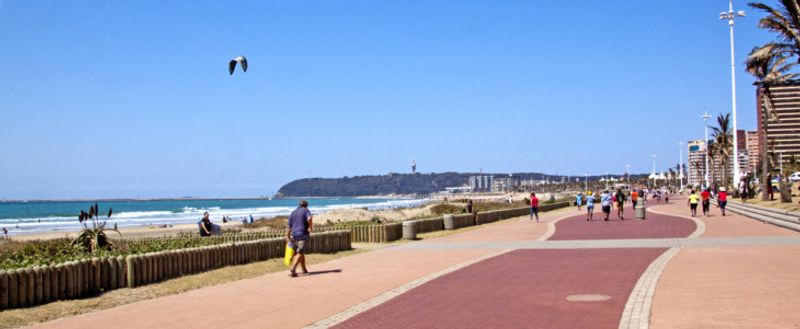
Advertisement